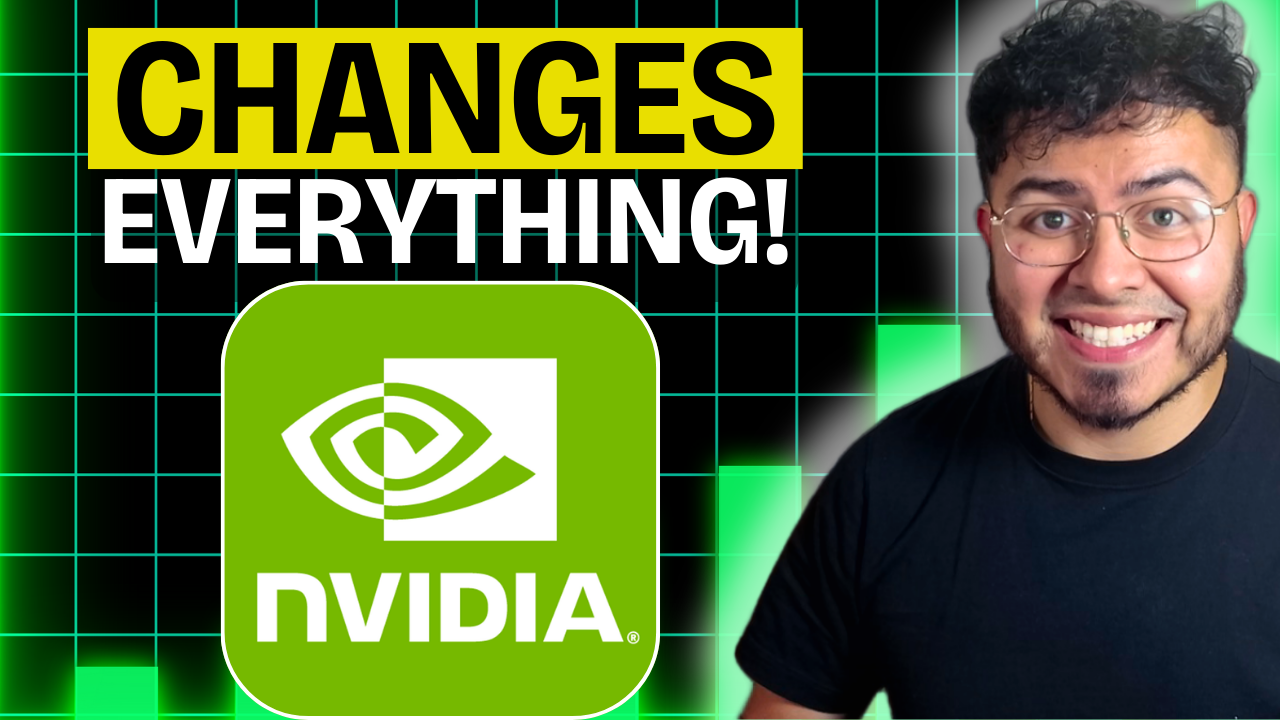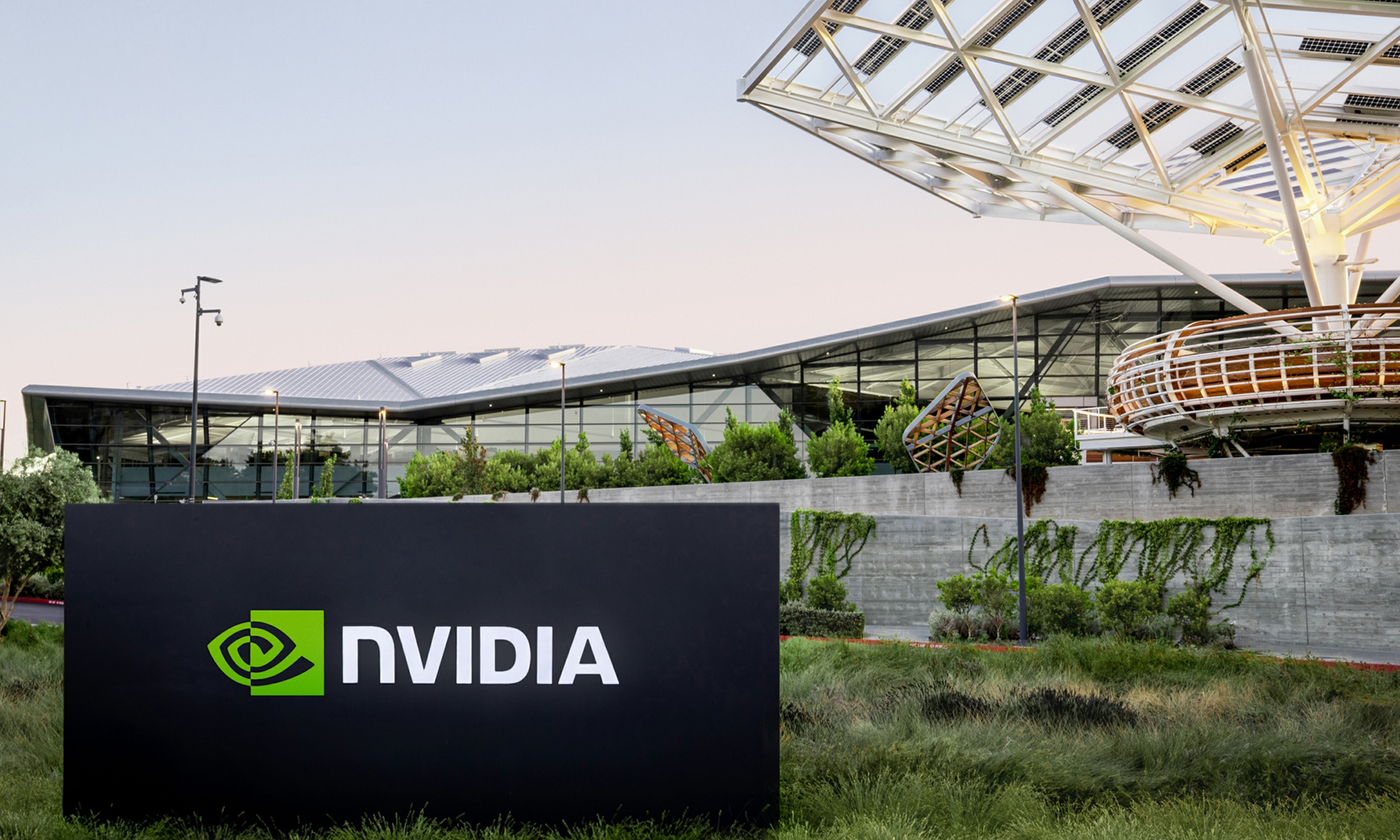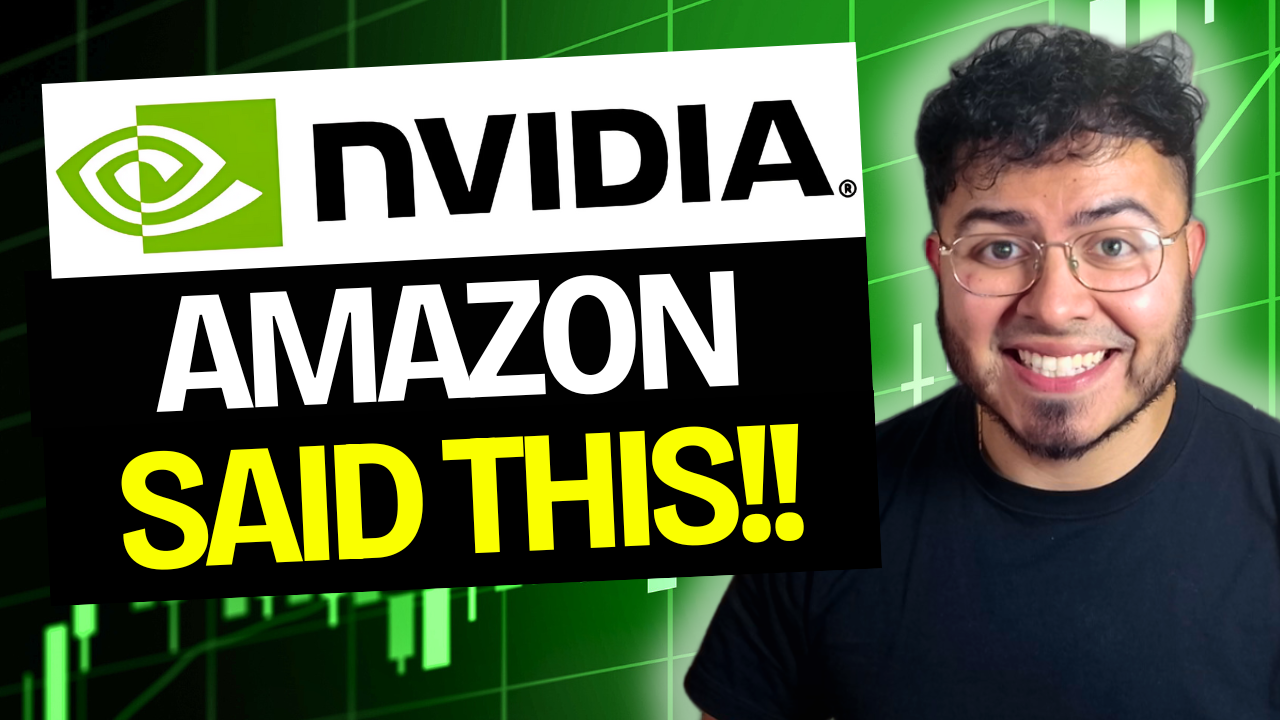Graphics processing units (GPUs) have come a long way over the past few years. They're still used for processing complex graphics information on computers, especially for gaming, but now they're also being used for cryptocurrency mining, image processing for driverless cars tech, and for artificial intelligence (AI) data centers.
The explosion of use-cases for GPUs has helped spur on new growth from both Advanced Micro Devices (AMD 1.34%) and NVIDIA Corporation (NVDA 1.78%). But while both of these companies offer up competitive processors, NVIDIA looks like the better long-term buy between the two. Here's why.

Image source: Images.
The case for Advanced Micro Devices
NVIDIA and AMD are the two key players in the GPU gaming market, and AMD has spent years trying to catch up to NVIDIA's market share in the discrete desktop segment. AMD ended 2017 with 33.7% of the discrete desktop GPU market, and NVIDIA gobbled up the rest. That's not all bad news for AMD considering that the company had 29.5% of the market the year before, but the year-over-year growth isn't quite good enough to unseat NVIDIA from its throne.
If we look at the broader GPU market (and not just discrete desktop GPUs), AMD looks like it has more of a fighting chance. In the first quarter of this year, the company benefited from an increase in GPU sales from cryptocurrency mining and sales of processors into workstations, which helped the company boost its overall GPU market share from 13.1% last year to its current 14.9%. NVIDIA still slightly outpaces the company with 18.4% of the market though.
Despite competition from NVIDIA, AMD's sales and earnings have managed to grow at a healthy clip. Sales in the most recent quarter were up 40% year over year to $1.65 billion, and the company bounced back from a net loss of $33 million in the year-ago quarter to positive net income of $121 million in the first quarter of this year. AMD's computer and graphics segment sales also jumped by 95% thanks to strong sales from the company's Radeon and Ryzen processors.
AMD's share price gains have fallen short of the S&P 500 over the past year and its shares trade for about 25 times the company's forward earnings, which is below the semiconductor industry's trailing average of about 43 times earnings.
The case for NVIDIA
I'm not going to rehash NVIDIA's GPU advantage in this section since it's already clear that it holds the lead over AMD. But it is worth pointing out that NVIDIA still relies on GPU sales in the gaming market for most of its revenue. In the first quarter of fiscal 2019, NVIDIA earned about 66% of its top line from its gaming sales. NVIDIA's gaming segment is as strong as ever, and revenue climbed nearly 60% in the quarter. So not only is NVIDIA outpacing AMD in the GPU space, but the company is also using that advantage to grow its top line from its largest revenue segment.
But what investors should really pay attention to when comparing these two companies are the opportunities that NVIDIA's tapping into, which AMD appears to be missing out on. Yes, both companies have taken advantage of the cryptocurrency mining trend, but NVIDIA is also forging ahead in the driverless car space and in artificial intelligence (AI) as well.
Specifically, NVIDIA's Drive PX computer helps semi-autonomous vehicles process complex image information in real-time (so that the vehicles can essentially see objects around them). NVIDIA's latest version of Drive PX, called Pegasus, will enable automotive companies to release fully self-driving vehicles in the next few years, according to the company. This tech only contributes about 5% to NVIDIA's top line right now, but management believes that the company's total addressable market in driverless cars will be $60 billion by 2035.
Additionally, NVIDIA has delved head-first in the AI market by selling its GPUs to some of the biggest tech companies in the world to power some of their data centers. AI sometimes takes a backseat to all of the driverless car news surrounding NVIDIA, but potential investors should consider that NVIDIA believes its total addressable market for AI will reach about $40 billion over the next decade.
NVIDIA's shares trade at about 30 times the company's forward earnings, which is more expensive than AMD's but still below the semiconductor industry's average. With NVIDIA's opportunities in AI and driverless cars, along with the company's stable and growing gaming GPU business, I think this company is still a very solid buy for long-term investors.
The verdict
I think it's pretty clear that NVIDIA is the better long-term buy over AMD. I don't believe that AMD is a terrible company, and it's clearly doing some things right, but I don't think the company has taken its GPU technology and applied it to new markets as well as NVIDIA has. For that reason, and because NVIDIA already has a clear advantage over AMD in several markets, I have to give the win to NVIDIA.







